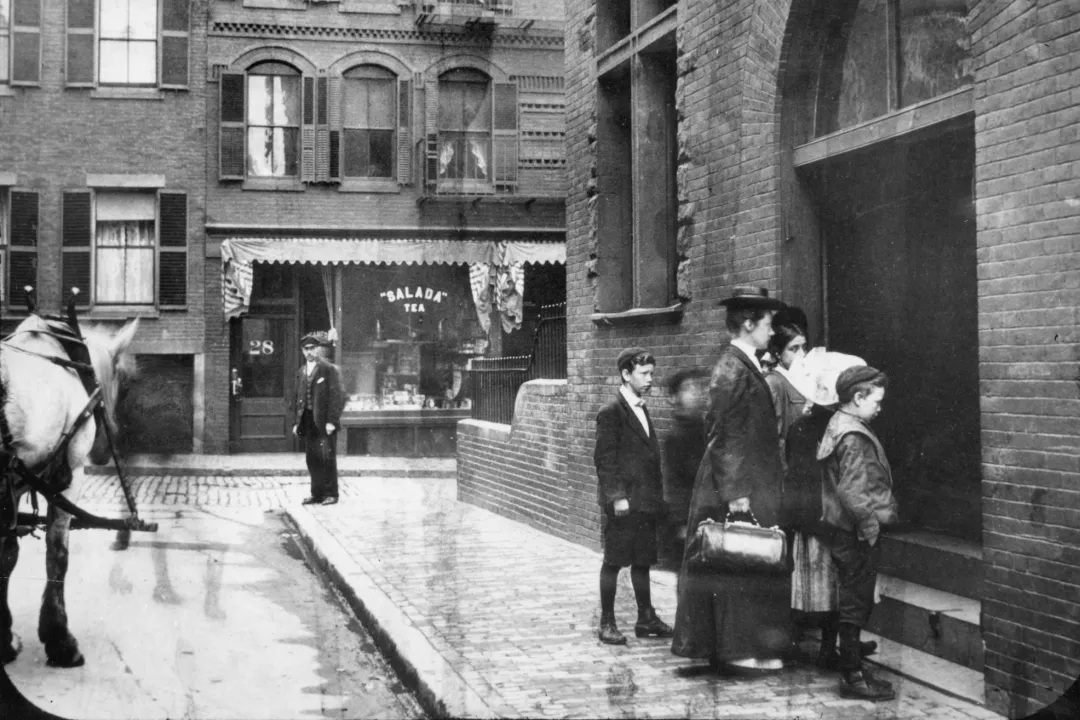The Dispensary’s founders funded tickets that enabled the city's poor to receive medical care; one of the original tickets signed by Revere can still be seen today at the Massachusetts Historical Society.
History of Tufts Medical Center

Innovations + milestones
Providing care for the poor
Using the Bible’s “Good Samaritan” parable as its model, the Dispensary grew rapidly and continued to find new and innovative ways to care for the city’s underserved working and poor population. Some of the more notable innovations included: having volunteer doctors and nurses provide free visits to district residents that needed medical care; creating dental and nutrition clinics; and most famously, starting an evening clinic that was partially employer funded and was designed to treat the city’s “working poor.” The Boston Dispensary provided high-quality, patient-centered care, pioneering many new therapies and health care delivery improvements. It was the first to initiate a number of medical practices that are now commonplace today.
Emerging partnerships
Over the ensuing years, the Boston Dispensary developed mutually beneficial affiliations with a number of compatible institutions, most notably, its partnership with the Boston Tufts Medical Center (New England’s first pediatric hospital) in 1930. At about the same time, the Dispensary became the primary teaching hospital for Tufts University’s Medical and Dental schools. Then, in 1946, the 100-bed Pratt Diagnostic Clinic, the world’s largest clinic of its kind at the time of its opening, joined the partnership as well. In 1968, this set of affiliations was formerly organized as Tufts New England Medical Center; in 2008, the name was shortened to Tufts Medical Center, to better reflect the hospital’s close relationship with Tufts University.
Tradition of world-renowned care and research continued today
The current-day Tufts Medical Center campus remains in the downtown Boston neighborhood where the original Boston Dispensary was founded over 200 years ago. Tufts Medical Center is proud of its leadership role in America’s development of modern medicine. It continues to be molded by its historic mission, never losing the perspective of being a community based, world class adult and pediatric teaching and research hospital. It remains true to its mission statement which reads in part: “We dedicate ourselves to furthering our rich tradition of health care innovation, leadership, charity and the highest standard of care and service to all in our community.”